Source code review is a methodical examination of the source code of an application to identify security vulnerabilities and coding flaws that could be exploited by attackers. It helps ensure the security and integrity of the software throughout its development lifecycle.
How It's Performed:

Understanding the Application
Reviewing documentation and understanding the application's architecture, design, and functionality.
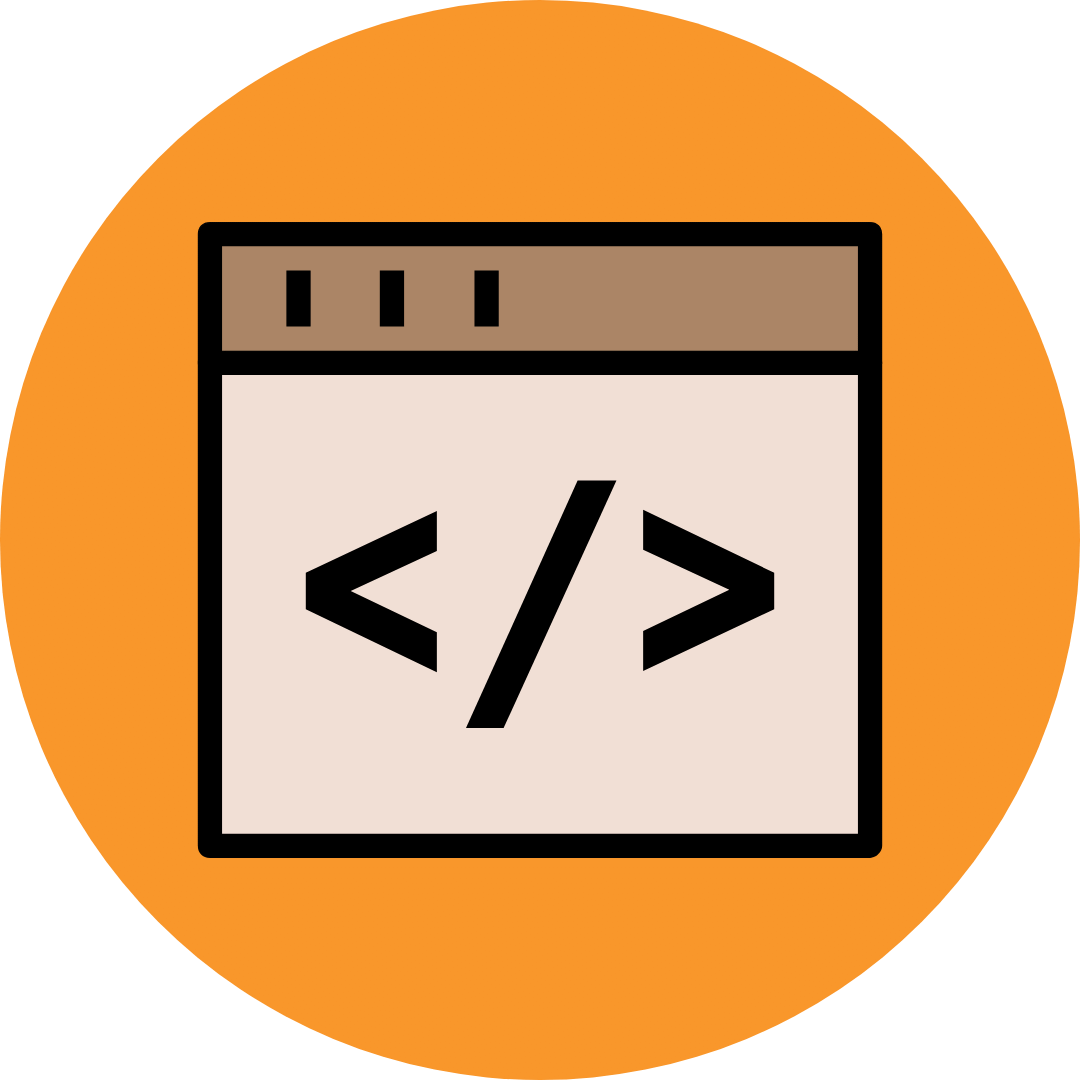
Static Analysis
Analyzing the source code manually or using automated tools to identify security vulnerabilities, coding errors, and best practice violations
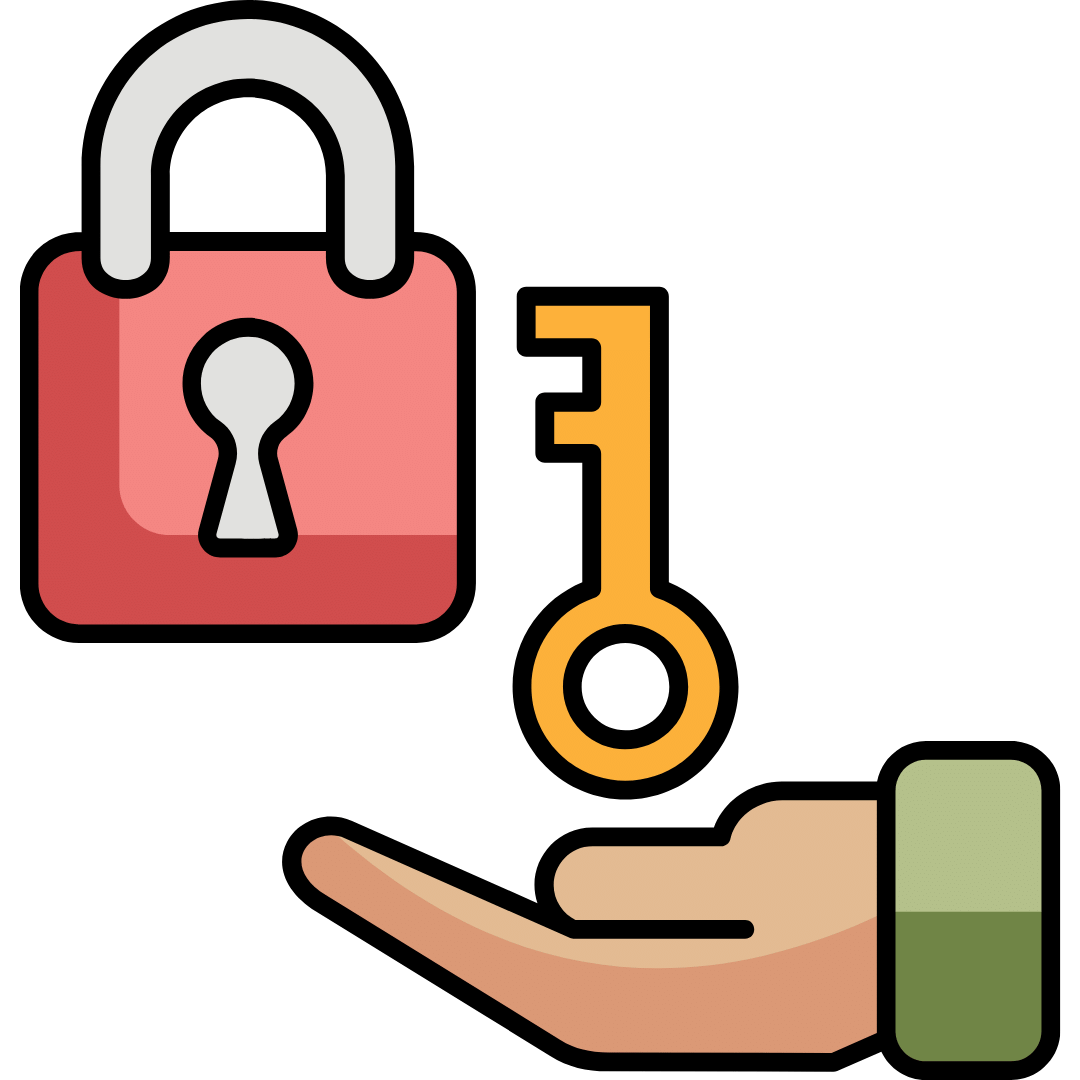
Security Controls Review
Evaluating the implementation of security controls such as authentication, authorization, input validation, encryption, error handling, and logging.

Sensitive Data Handling
Examining how sensitive data is handled, stored, and transmitted within the application to ensure compliance with security standards and regulations.
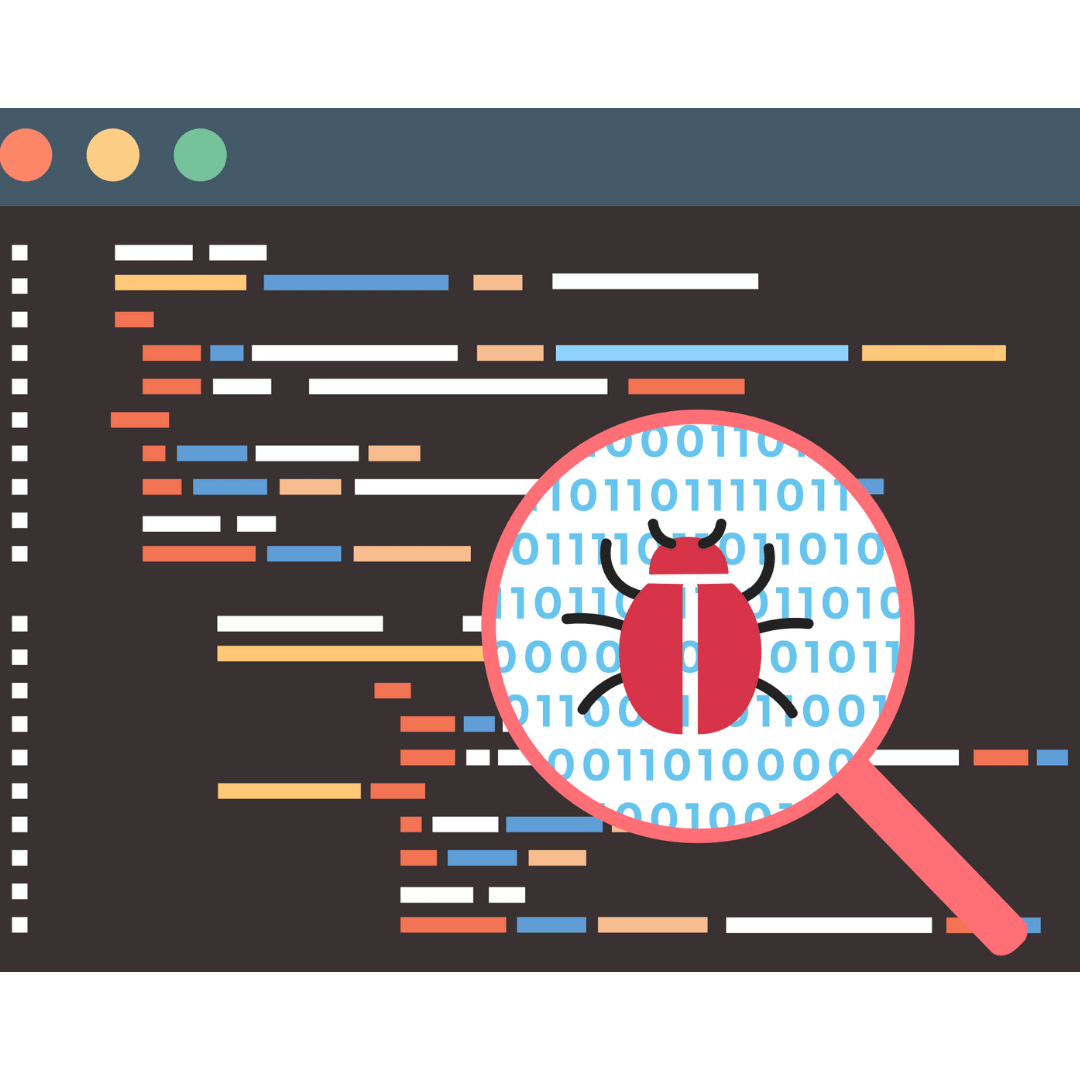
Third-party Libraries and Dependencies
Assessing the security of third-party libraries and dependencies used in the application to identify potential vulnerabilities and license compliance issues.
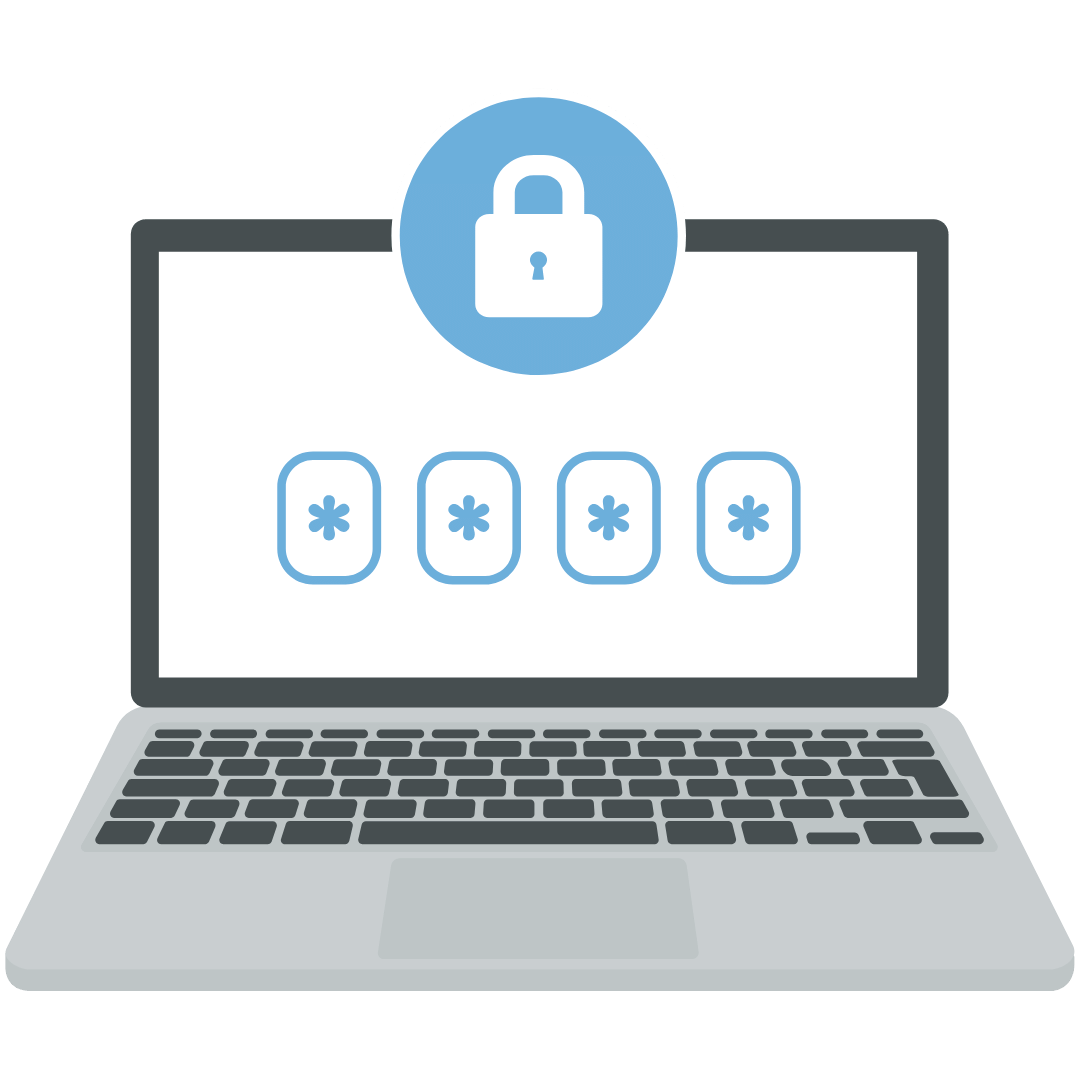
Secure Coding Practices
Ensuring adherence to secure coding practices such as input validation, output encoding, proper error handling, and secure configuration.
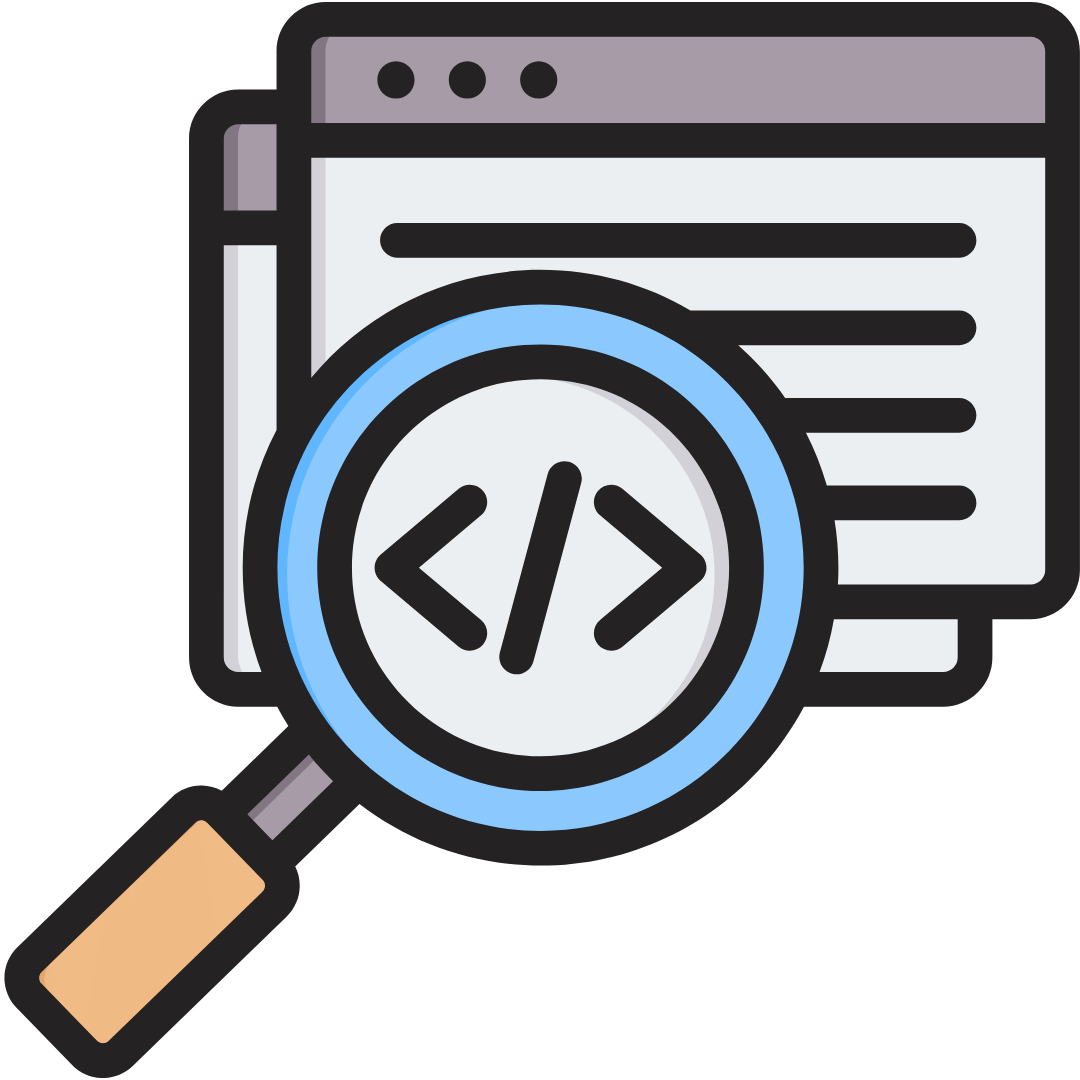
Code Complexity Analysis
Identifying complex or convoluted code that may increase the risk of vulnerabilities or decrease maintainability.

Review of Authentication and Authorization Mechanisms
Evaluating the strength of authentication mechanisms, authorization checks, and session management techniques.
Process of Source Code Review
1. Understanding the Application
2. Static Analysis
3. Security Controls Review
4. Sensitive Data Handling
5. Third-party Libraries
6. Secure Coding Practices
7. Code Complexity Analysis
8. Identify complex code sections.
1. Understanding the Application
2. Static Analysis
3. Security Controls Review
4. Sensitive Data Handling
5. Third-party Libraries
6. Secure Coding Practices
7. Code Complexity Analysis
8. Identify complex code sections.
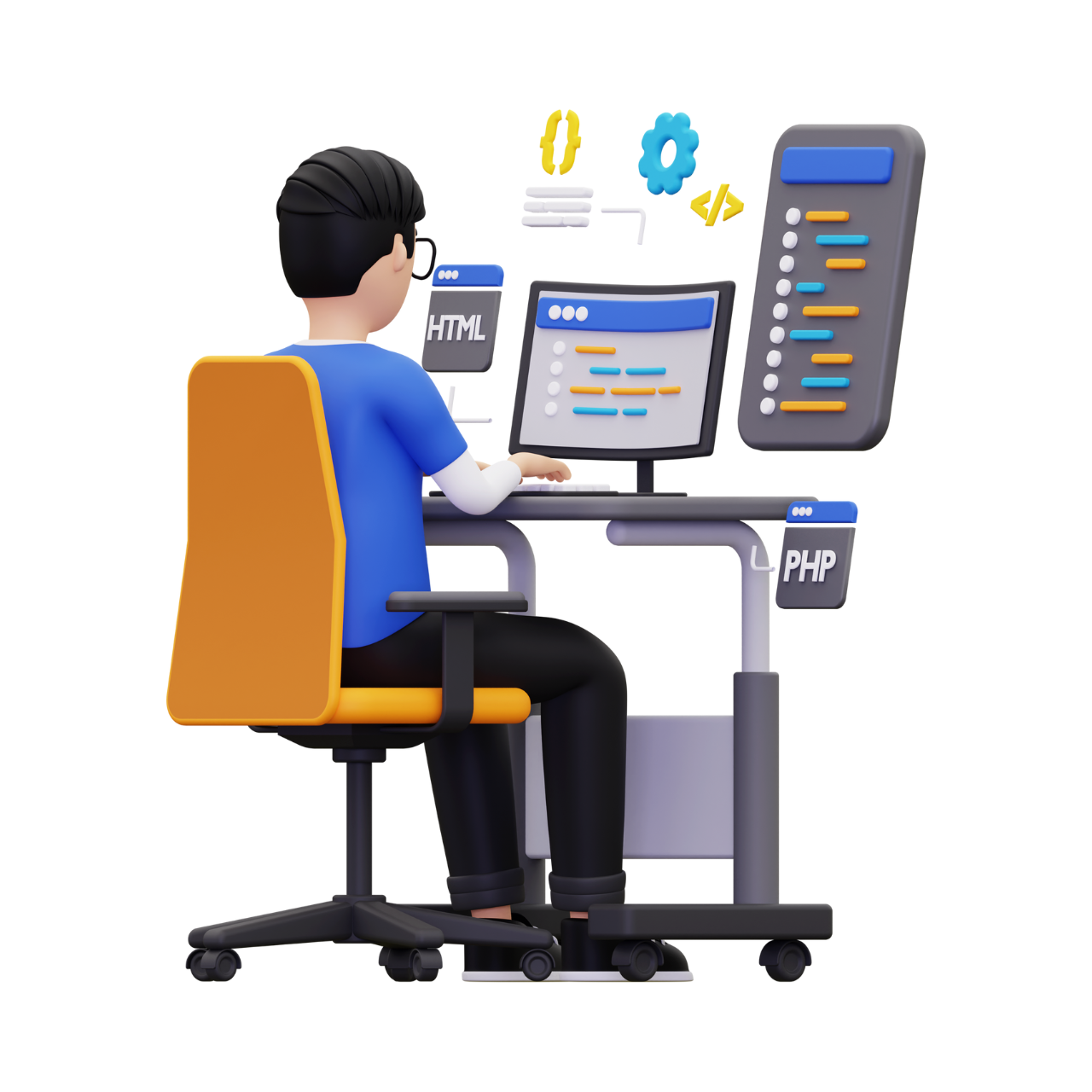
Why It's Useful:
- Early Detection of Vulnerabilities: Helps identify security vulnerabilities and coding errors early in the development process, reducing the cost of fixing them later.
- Compliance Requirements: Assists in meeting regulatory requirements and industry standards for secure software development.
- Enhanced Security Posture: Improves the overall security posture of the application by addressing potential weaknesses and implementing best practices.
- Risk Mitigation: Reduces the risk of security breaches, data leaks, and unauthorized access by proactively identifying and addressing vulnerabilities.
- Quality Assurance: Enhances the quality and reliability of the software by identifying and resolving coding flaws and potential issues.
Common Vulnerabilities for Source Code Review
- Injection vulnerabilities (e.g., SQL injection, command injection)
- Cross-Site Scripting (XSS)
- Authentication and authorization flaws
- Insecure direct object references (IDOR)
- Improper input validation
- Insecure cryptographic implementations
- Security misconfigurations
- Lack of proper error handling
- Code injection (e.g., remote code execution)
- Use of deprecated or vulnerable libraries/frameworks.
Tools commonly used for Source Code Review
- SonarQube
- Veracode
- Checkmarx
- Fortify
Conducted by experienced developers or security experts.
Integrated development environment plugins that provide real-time feedback on coding practices and potential vulnerabilities.
Need penetration testing for your digital asset?
If yes, please fill the 'Get a Quote' form and submit it. Our security expert will be reaching you directly and take it forward.
Frequently Asked Questions?
- Injection vulnerabilities (e.g., SQL injection)
- Cross-Site Scripting (XSS)
- Authentication and authorization flaws
- Insecure direct object references (IDOR)
- Improper input validation
- Insecure cryptographic implementations
- Security misconfigurations
- Lack of proper error handling
- Code injection (e.g., remote code execution)
- Use of deprecated or vulnerable libraries/frameworks.
Tools and techniques for source code review include:
- Static analysis tools
- Manual code review
- Automated code review tools
- Security linters
- Pattern matching for known vulnerabilities
- Threat modeling techniques.
Approaching the review of authentication and authorization mechanisms in the source code involves:
- Examining authentication logic for secure password handling and session management.
- Analyzing authorization logic to ensure proper access controls and privilege validation.
- Verifying input validation and sanitization to prevent injection attacks.
- Assessing implementation of multi-factor authentication and role-based access control.
- Checking for proper error handling and logging mechanisms.
Steps to ensure proper handling of sensitive data in the application’s source code include:
- Identifying sensitive data locations.
- Implementing encryption for storage and transmission.
- Applying access controls and encryption keys management.
- Using secure coding practices for data handling.
- Regularly reviewing and updating data handling procedures.

